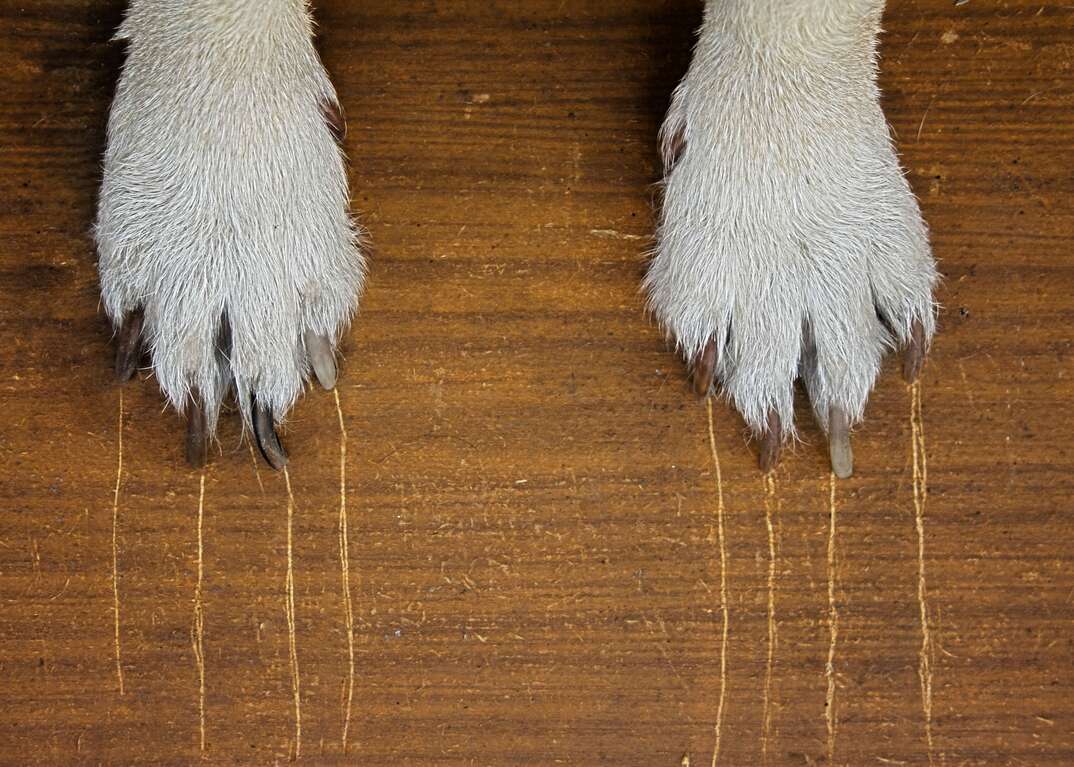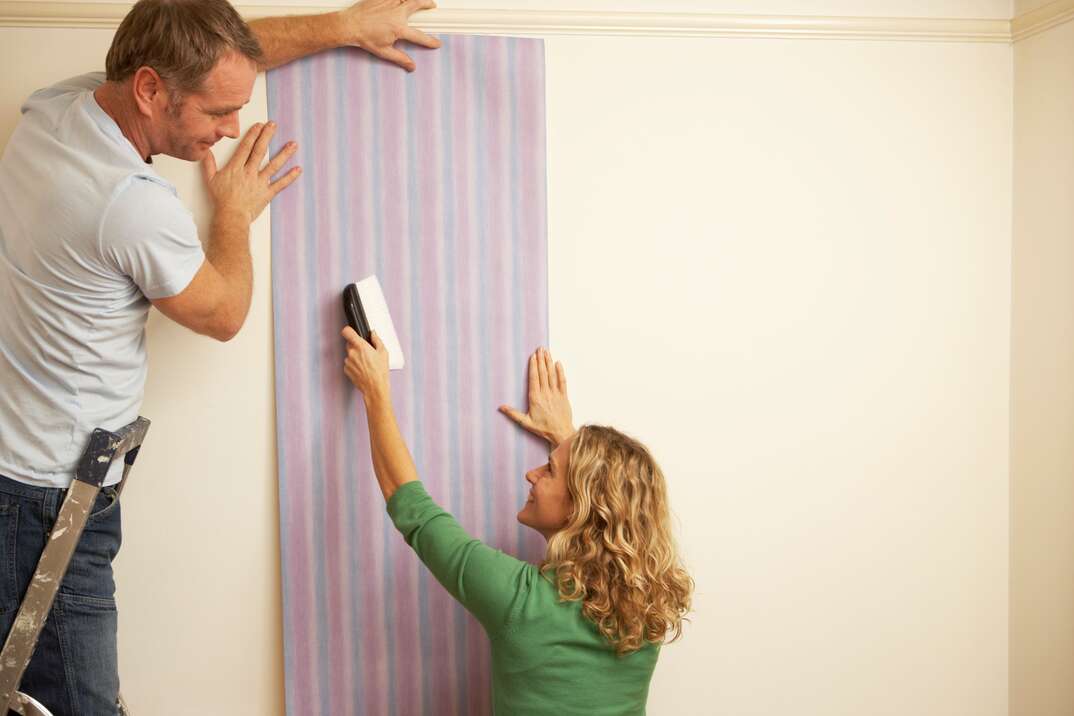Dog on It! How to Maintain and Protect Your Floors From Doggy Damage

Dogs really are man’s best friend. But if you have hardwood, you also know these floors can be a dog’s greatest enemy. Some dog owners go so far as to avoid installing hardwood out of fear that it’ll just be ruined by their furry friend.
This May Also Interest You: How to Fix Scratches on Hardwood Floors
The good news is that you can keep both your dog and your pristine hardwood floors with these tips.
How Do You Pet-Proof Hardwood Floors?
One of the ways to prevent dog scratches on hardwood floors is to pet-proof them. Adding a layer of protection won’t just keep your dog’s nails from doing damage; it can also protect your floors from scuff marks and other types of damage. Make sure to wax your hardwood floors regularly because it creates a barrier between the wood and anything that comes into contact with it.
After waxing, if your dog is a bit rough and leaves scratch marks, the marks are less likely to reach the wood. When you notice these marks, you can often buff them out or apply a new layer of wax to remove them and restore the appearance of the floor. Waxed floors are also safer for dogs because they have more traction, and your dog won’t hurt herself if she slides across the floor or slips.
In addition to waxing your floors when needed, you should also keep them clean. Dirt and dog hair aren’t good for hardwood floors because they are gritty and can be abrasive to the wood. Taking the small step of regularly sweeping and mopping your floors will protect them.
How Do I Keep My Dog From Scratching the Hardwood Floors?
Grooming your dog goes a long way toward preventing dog scratches on hardwood floors. Longer nails grip into wood deeper, so if you don’t trim your dog’s nails regularly, even wax won’t provide enough protection. While you can trim your dog’s nails yourself, a lot of people prefer to have this done by a groomer or veterinarian due to safety concerns. You can also consider silicone nail caps that you can glue onto the ends of your dog’s nails. This will minimize the damage their claws do to wood and other surfaces, such as your screen doors and furniture.
Regular grooming during the summer helps keep your floors clean as well. Dogs shed a lot when the weather warms up. A groomer can take care of your dog’s nails and fur in the same visit so you don’t need to clean your floors as often.
Here are some other things you can do to keep your dog from scratching your floors:
- Use carpet runners. Think of the high-traffic areas in your home where your dog is most likely to run. These can include near a dog door, the front door and areas that your dog commonly plays. Putting down carpet runners in strategic locations will help a lot.
- Take your dog for walks. If you spend a lot of time with your dog outdoors, you’re going to keep his nails from getting too long. Walking a dog on hard surfaces grinds the nails naturally. Dogs need exercise and mental stimulation, so you can kill two birds with one stone by taking your dog for a lot of walks or to a dog park to run freely.
- Get dog shoes. Many dog owners are finding fashion statements for their dogs that double as protective measures. Boots can help you keep your dog’s paws clean when it’s wet outside, but if worn indoors, they also protect your floors.
More Related Articles:
- Got Doggy Damage? Here’s How to Fix Your Screen Door
- Good Fences Make Good Dogs: How to Install an Invisible Electric Pet Fence
- 11 Ways to Get Rid of Bad Dog Smell in Your Home
- How Much Does Professional Pet Odor Removal Cost?
- Let Your Doggy Do Its Own Thing: Install a Dog Door
How Do You Fix Urine Damage on Hardwood Floors?
Even if you know how to protect hardwood floors from your dog’s claws, other types of accidents do happen. Your dog may get sick or defecate indoors. If you’re able to clean up the mess quickly, you can prevent damage to your floors, but sometimes, an accident goes unnoticed until it’s too late.
When a dog urinates on hardwood floors, the urine can seep into the wood. It may leave a stain and a foul odor behind even after you clean the mess. Using an enzymatic cleaner breaks down the urine completely and addresses the problem of pheromones, which may make the dog return to the area to mark it again. Eliminating the scent and breaking down the pheromones addresses the odor, but you may notice a stain that doesn’t go away.
If you’re having trouble with a stain that won’t come up, you can sand the area down, use bleach to eliminate any leftover odors and refinish the wood. Anything more serious requires you to pull up and replace the stained board. The best way to protect your hardwood floors from dog urine is to make sure you house train your dog as soon as possible.


